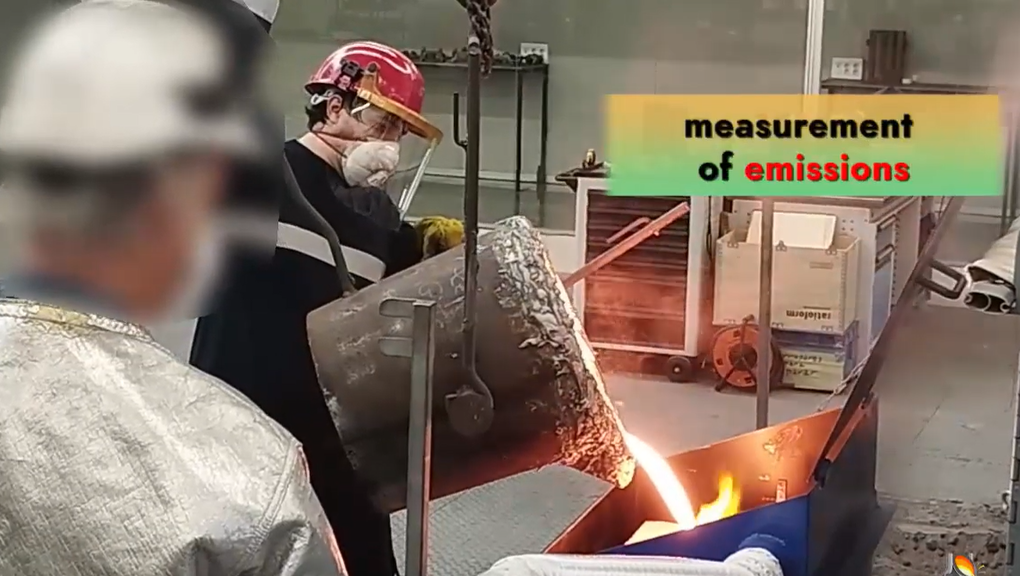The CIRCOM Project will produce sustainable materials with cementitious characteristics from aluminosilicates rich industrial waste, generated by both the metal-mechanical industry and the construction sector.
The growing consumption and industrial production rates have significantly increased waste volume, while generating a rapid decrease in the amount of available natural resources. Therefore, to improve the sustainability of their production processes, most industrial sectors need work on new ways for waste treatment, recycling and recovery.
Pointing at the metallurgical and construction sectors, as massive primary industries that generate, inherently to their production processes, a large amount of waste, along with a high consumption of energy and raw materials, the CIRCOM project proposes to approach this double issue through alkaline activation technology (AAT). Specifically, the CIRCOM project aims at producting sustainable materials with cementitious characteristics manufactured from industrial waste rich in aluminosilicates.
As clarified by Lucía Unamunzaga, AZTERLAN head of Sustainability and Environment, “alkaline-activated materials (AAM) are binder systems generated by the reaction of an alkaline metal source (which may include hydroxides, silicates, carbonates or sulfates) with a solid precursor (such as aluminosilicates). When the reaction occurs, the material is set and hardened, leaving a compound with cementitious properties similar (even improved) to those of an ordinary Portland cement”. For this reason, “this field of research of high interest for the construction and sand molding casting sectors”.
In addition to working on the production of these materials, the CIRCOM consortium will also work on “improving their characteristics by optimizing the AAT process itself”. These materials, with low environmental impact, will be used in three applications linked to the same sectors generating such waste:
- Cement-free prefabricated element.
- Casting molds based on the combination of a binder-sand system based on slag and recovered sand.
- Refractory concrete, free of cement, of high-strength and dimensional stability.
To achieve its objectives, the CIRCOM project has a multidisciplinary consortium composed by the companies REINOSA FORGING & CASTINGS, S.L., coordinator of the project, and CANTERA LA TORRETA, S.A., and the Technology Centers AIMEN, ITC-AICE and AZTERLAN.
The CIRCOM project is funded by the call for Public-Private Collaboration 2021 with an expected duration of 36 months, covering four different annuities, between October 2022 and September 2025 and with a total budget of 980,930.02€.

«This activity belongs to the CIRCOM project with reference CPP2021-008798, funded by MCIN/EIP/10.13039/501100011033 and by the EU-NextGenerationEU/PRTR».


